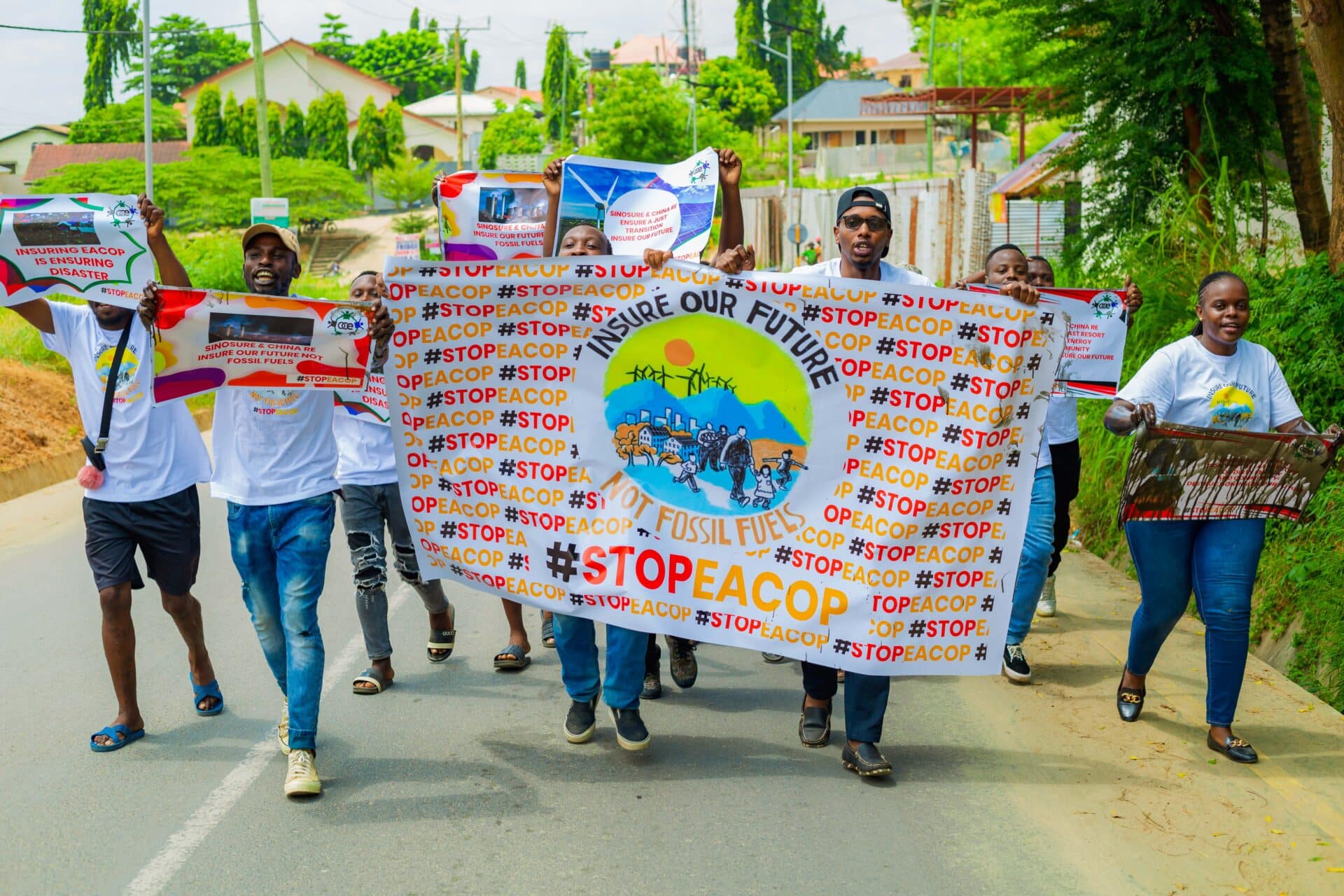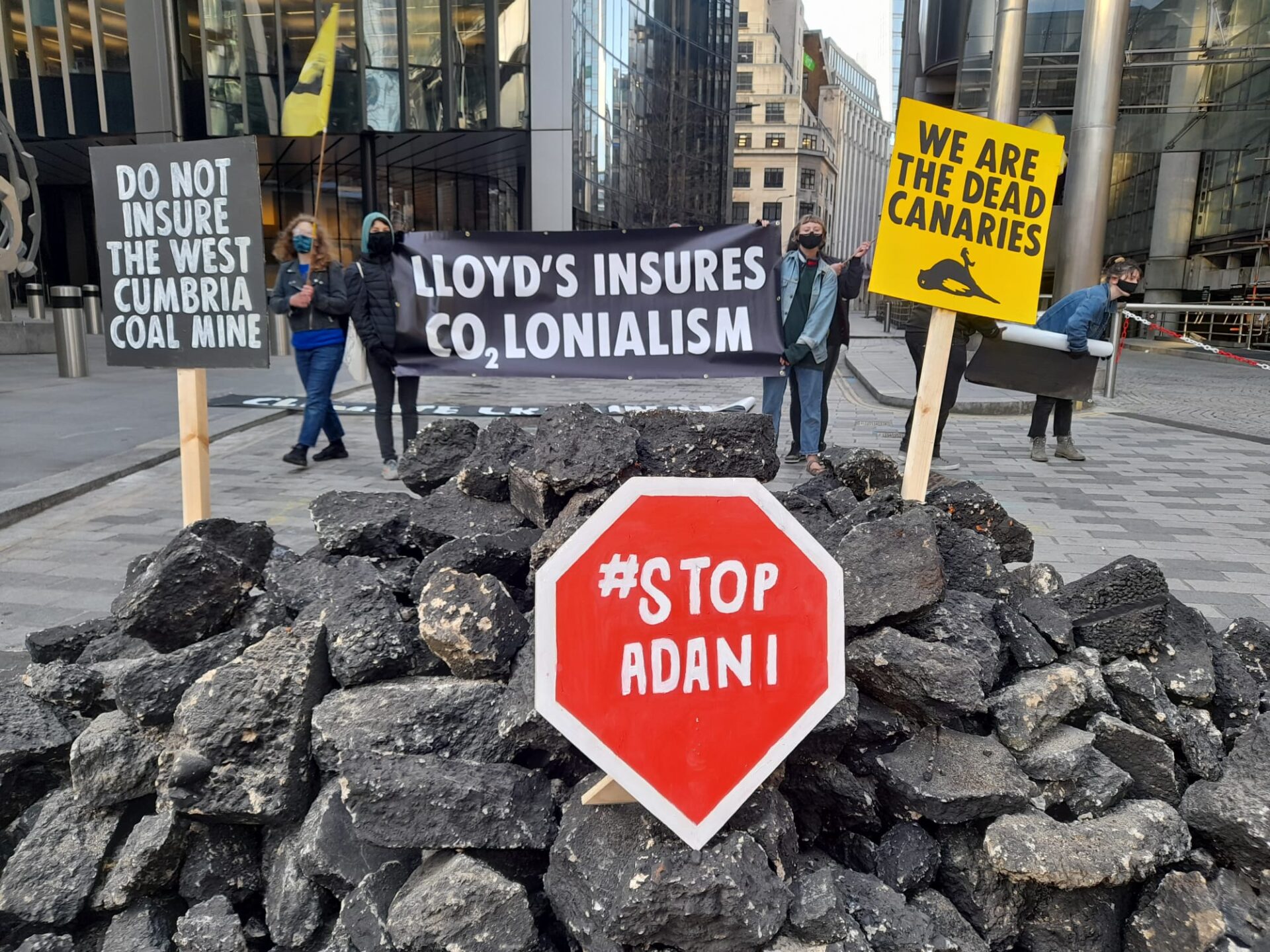The UK is a global centre for insurance; home to Lloyd’s of London, the world’s oldest and largest global insurance market with members operating in 200 countries.
And while many insurers are moving away from fossil fuels, Lloyd’s of London is lagging behind as it continues to underwrite new oil & gas projects.




